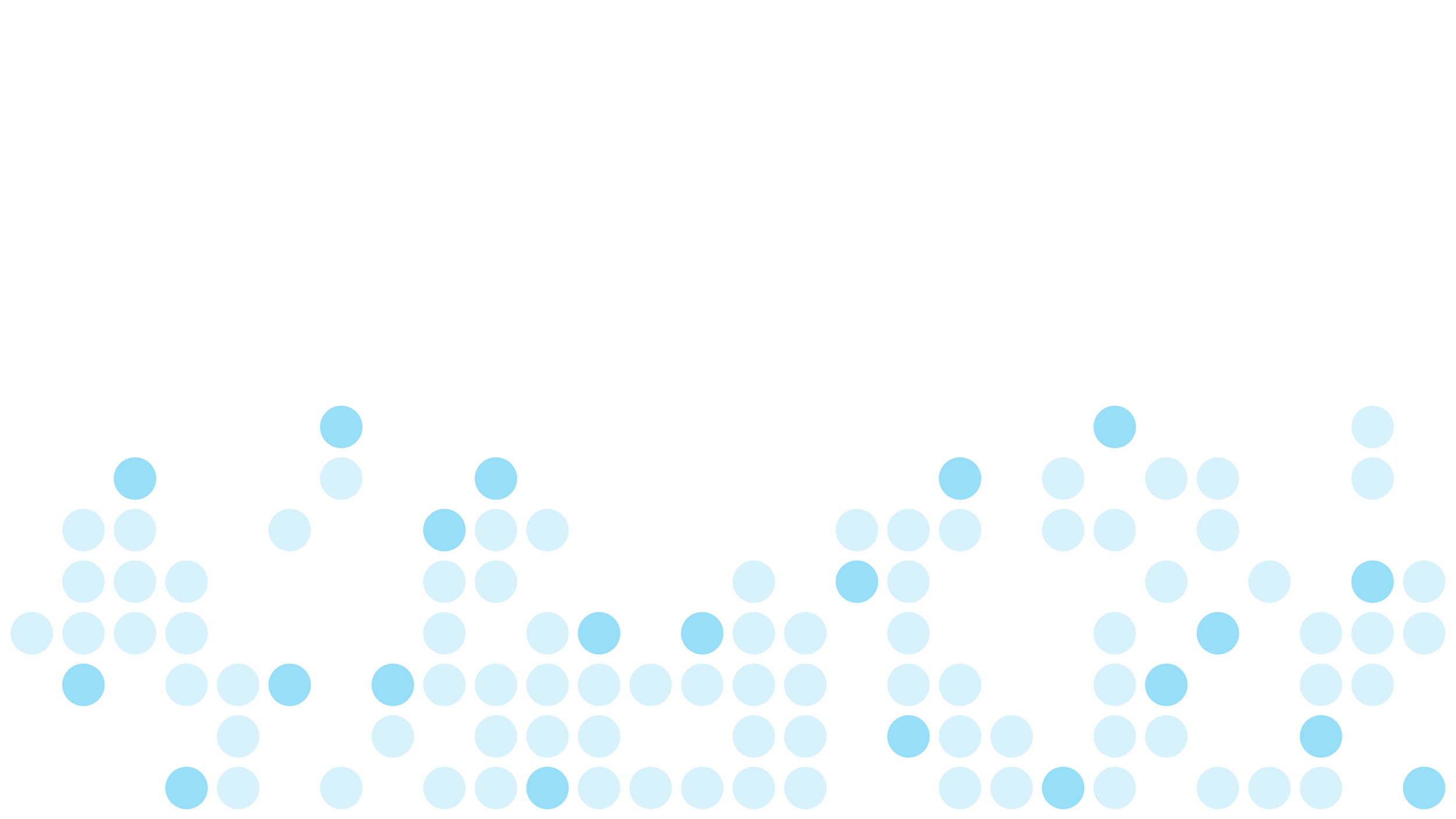Alcon’s online sidekick for contact lenses. Straight from your doctor to your door.
System’s
IOS/Android, Dashboard, Website
The Play - By - Play
-
Alcon’s MARLO app was already helping doctors and patients coordinate cataract surgery planning, but the experience lagged behind modern expectations. It felt like medical paperwork stuffed into a phone, with long flows, confusing navigation, and uneven accessibility. My dream was to reimagine MARLO so that even in a regulation-heavy healthcare space, the app could feel as intuitive as checking the weather: clear, quick, and friendly for both providers and patients. I set the vision for smoother workflows, approachable UI, and a design language that balanced medical compliance with everyday usability.
-
Dreaming only matters if you can deliver, and my role was to turn vision into reality. To ground MARLO in real-world needs, I worked side-by-side with more than thirty ophthalmologists, nurses, and clinic staff, observing how they moved through planning tasks. I mapped their daily journeys and identified where time was lost and confusion set in, then translated those findings into wireframes, clickable prototypes, and polished UI designs. By reorganizing workflows, I was able to cut planning steps by roughly twenty-five percent, reducing repetitive data entry and unnecessary screen transitions. I applied both iOS and Android best practices to ensure MARLO felt consistent and native across platforms, and I delivered production-ready assets that made the engineering handoff smooth and reliable. This work directly powered the launch of the Smart Cataract Planner and One Planner, giving MARLO new tools that providers could use immediately.
-
Once live, the redesign didn’t just function better; it changed how MARLO was received. Doctors moved through planning tasks noticeably faster, while patients finally gained clarity around complex choices that had previously felt overwhelming. Accessibility improvements made the app usable for a broader set of patients, particularly those relying on assistive technologies. As a result, adoption climbed as more clinics integrated MARLO into their workflows, and satisfaction scores improved as providers and patients alike described the app as simpler, clearer, and more trustworthy. Even in a compliance-heavy industry, thoughtful design proved capable of sparking efficiency, confidence, and even a sense of delight.
-
Redesigning MARLO wasn’t just about solving problems in the moment, it was about ensuring the app could scale with consistency for years to come. To make that possible, I built the MARLO Design System from the ground up. I created a unified visual language and interaction patterns so every new feature felt seamless and familiar, and I documented reusable components that engineers could rely on without worrying about compliance or accessibility gaps. The system established rules for typography, color usage, iconography, and states, ensuring accessibility and regulatory standards were always met. With this foundation in place, the product and engineering teams were able to ship faster and maintain a consistent level of polish. The MARLO Design System became the product’s recipe book, guaranteeing cohesion, compliance, and user trust as the app continued to grow.
The Why Behind the What
User Journey Mapping → Identified 25+ friction points, boosting workflow adoption.
Usability Testing → Ran with 30+ participants to improve feature discovery.
Task Tracking → Increased task speed and reduced support costs.
Cross-Device Testing → Validated across web, desktop, iOS, and Android for higher usage.
Engagement Studies → Showed MARLO was chosen over manual alternatives.
Support Feedback Analysis → Fixed top user issues, cutting support tickets.
Compliance Research → Ensured regulatory alignment to reduce risk.
Design System Documentation → Built the MARLO Design System to speed development and ensure consistency. (Unity & ADI were separate design system projects outside of MARLO.)
Dashboard Testing → Simplified data presentation, improving provider decision-making.
Conversations that Connect
Cross-Functional Collaboration → Partnered with engineers, stakeholders, and product managers to launch initiatives like the Smart Cataract Planner and One Planner, ensuring features shipped on time and with polish across iOS, Android, and web.
Communication → Translated research and design requirements into clear specs, prototypes, and documentation, aligning teams on IEC, ISO, and ANSI standards to balance compliance with usability.
Team Alignment → Simplified complex medical data and workflows into intuitive dashboards, improving provider decision-making speed and clarity while raising patient satisfaction.
I Tamed Components
Design Systems → Built and documented Unity & ADI systems with reusable components, design guidelines, and governance processes for scalability and consistency.
System Research → Audited UI patterns and conducted cross-team research to define standards; produced clear principles, accessibility guidelines, and implementation notes.
System Scalability → Delivered modular frameworks that accelerated onboarding, reduced design debt, and ensured consistency across web, desktop, and mobile platforms.
System Adoption → Partnered with PMs and engineers to align workflows, driving adoption and enabling faster, system-based delivery.

Building the “What If”
Wireframing → Created low- to high-fidelity explorations that clarified early concepts, mapped interactions, and aligned teams on workflows before development began.
Prototyping → Built interactive prototypes to simulate end-to-end user flows, enabling providers and internal teams to validate usability and uncover issues early.
UI Specifications → Delivered pixel-perfect, accessibility-ready design specs with clear annotations for states, interactions, and edge cases, ensuring smooth developer handoff.
Interactive Reviews → Led live prototype walkthroughs with engineers and product managers, stress-testing designs against real-world scenarios to reduce costly redesigns.
Design Handoff → Streamlined delivery by packaging reusable assets, annotations, and interaction notes into a clear handoff system that improved cross-team efficiency and reduced build time.





